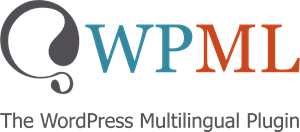The multi-language feature on WordPress opens the door to global audiences, allowing site owners to publish content in multiple languages. It’s essential functionality for websites aiming to reach a diverse, international audience or cater to a multilingual community.
WordPress, by default, does not come with built-in multi-language capabilities. However, it supports this feature through plugins. WPML, Polylang, and Weglot are plugins designed to aid website owners in translating their site’s content, encompassing posts, pages, categories, and tags.
Adding a multi-language feature lets visitors choose their preferred language on your website. These plugins automatically detect the user’s browser language and display the website in that language, improving the user experience.
Moreover, SEO optimization is a critical aspect of multi-language WordPress sites. Multi-language plugins help to optimize your website for search engines in different languages, ensuring all language versions are correctly indexed. This involves creating unique URLs for each language or using hreflang tags to help Google identify the page’s language and regional target.
Using a multi-language feature makes your website more accessible, can reduce bounce rates, and greatly improves your international SEO. Adding multiple languages to your eCommerce site, blog, or corporate website can attract more visitors and increase user involvement.
The multi-language feature on WordPress helps site owners share their content with a global audience. Using the right plugins and strategies, WordPress sites can serve a multilingual audience, expanding their growth and engagement internationally.


